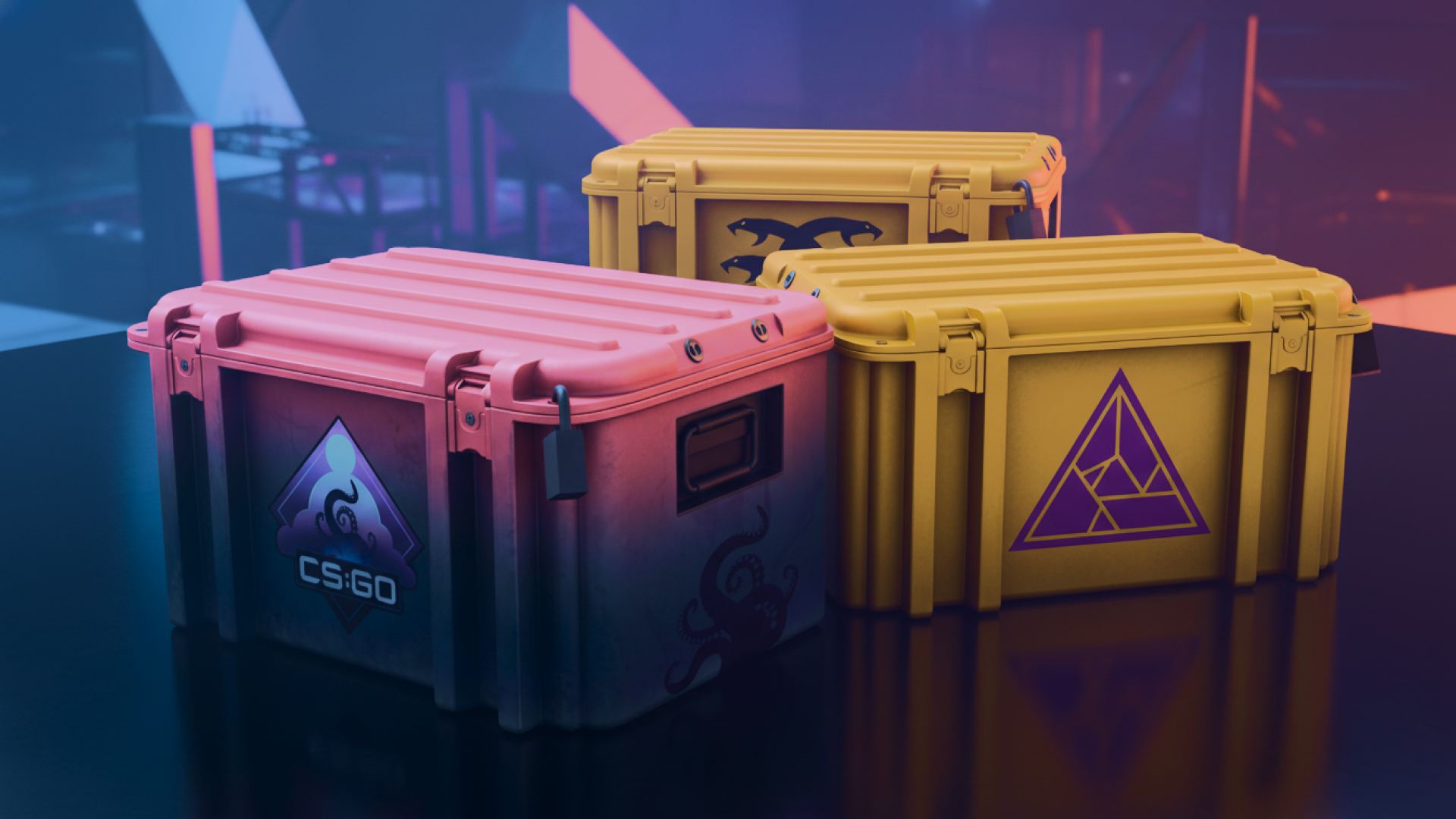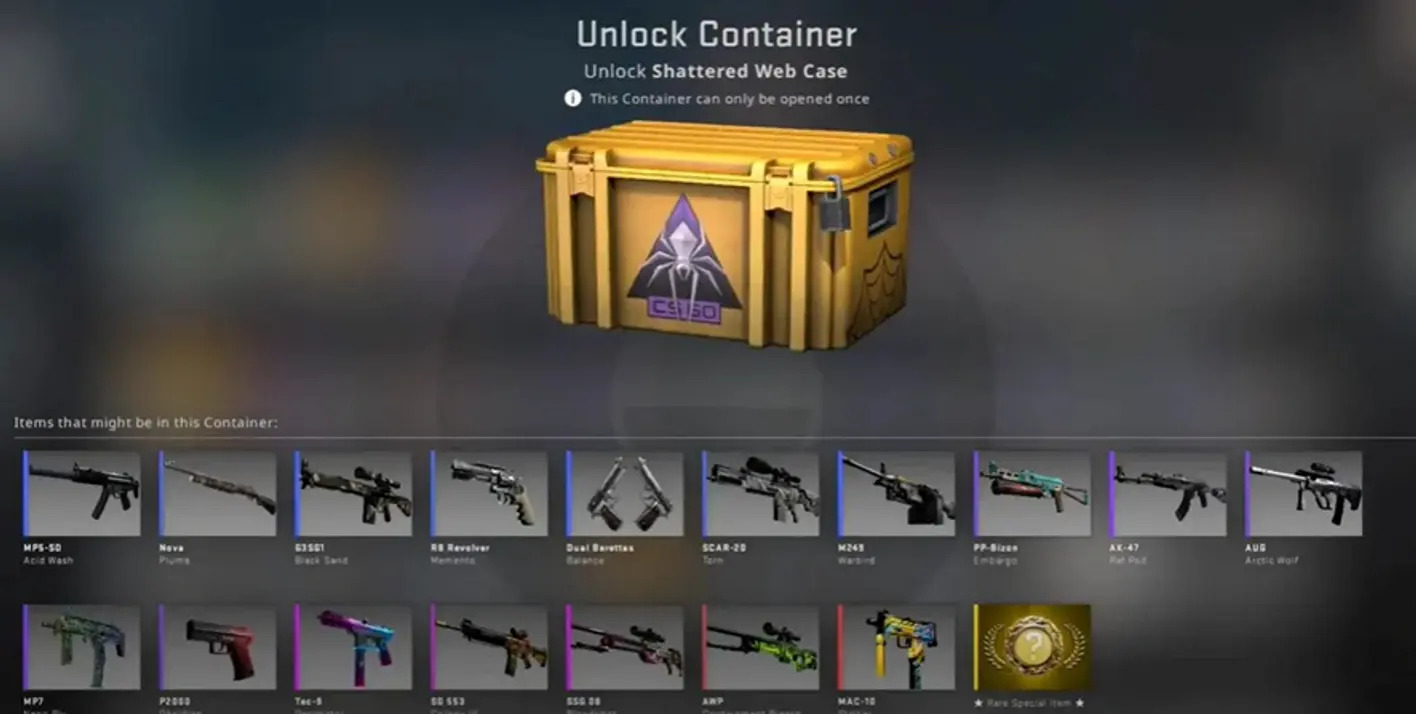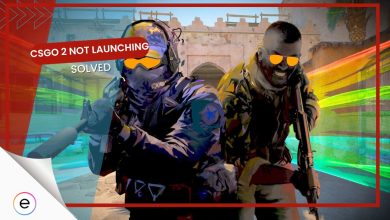In 2025, cases remain an important part of the Counter-Strike 2 experience. Players open crates to get cosmetic items, usually including weapon skins, stickers, and, on rare occasions, valuable golden items like knives or gloves. The system works much like before: every case has a fixed pool of items, and each rarity tier has a set chance of appearing when opened. However, when it comes to the actual value you’re getting, it’s a split between the case type itself and the drop chances, which is what we’ll discuss today.
- CS2 has various case types that contain loot from weapon skins to knives, all of which have real-world value and can be traded via Steam.
- The items within have specific drop rates and odds, and the rarer the item, the more money it’s worth.
- The Gold tier among cases usually includes knives or gloves, depending on the case, and these are the rarest and most valuable items in the game.
- Souvenir and Sticker Capsules in CS2 follow different, steep odds.
Types Of Cases In CS2

Like many other games with loot boxes or other microtransaction aspects, you’ll find several cases in CS2 divided based on their rarity and the type of loot they house. Valve’s official cases (often called containers) have skins from defined collections and need a matching key to open through Steam.
Each case follows the same rarity structure:
- Consumer/Industrial/Mil-Spec (lowest)
- Restricted
- Classified
- Covert
- Gold Tier (Knives/Gloves)
These tiers have consistent probabilities that the community has confirmed over time. In addition to containers, there are a few other case types you should be aware of.
Operation Or Event Cases
Operation or event cases appear during special events or operations. They often include exclusive collections or souvenir versions. Some do not include knives or gold-tier items, which changes how the drop odds work. Tournament souvenir packages also use a different rarity setup from regular cases.
Community Or Third-Party Cases
Third-party websites and community creators make custom cases with their own item pools. These cases may have special skins, unique rewards, or bonus features. Some remove the need for a separate key; others add tools like provably fair verification or guaranteed minimum rarity in large bundles.
When using platforms for opening CS2 cases, always check if they list exact drop odds and show proof of fairness. Many platforms also highlight custom pools, clear drop rates, and instant openings without extra keys.
Deprecated Or Retired Cases
Older cases that Valve no longer includes in active drops still circulate on the market. They often belong to older collections and can affect market prices; a rarer supply can raise demand and value. Community tracking tools help players see which cases are still active and which ones have been retired.
Drop Rates And Probabilities Of Cases In CS2

Before opening a CS2 case, it helps to understand how drop rates work. Each case uses a fixed rarity system that decides your chance of getting an item from each tier. Valve first shared these numbers in 2017, when Chinese laws required game companies to reveal loot box odds. Since then, players and community tests have confirmed that these ratios remain the same.
| Rarity Tier | Approximate Chance | Odds |
|---|---|---|
| Mil-Spec (Blue) | 79.92% | 1 in 1.25 |
| Restricted (Purple) | 15.98% | 1 in 6.27 |
| Classified (Pink) | 3.20% | 1 in 31.25 |
| Covert (Red) | 0.64% | 1 in 156.25 |
| Exceedingly Rare (Gold*) | 0.26% | 1 in 385+ |
There’s about a 10% chance that any skin (except knives or gloves) appears in StatTrek™ form, which tracks in-game kills. This chance applies within each rarity tier.
Each case opening is independent. Even if you’ve opened hundreds without getting a knife, your next case still has only a 0.26% chance of dropping one. Statistically, you would need to open about 385 cases to get a single gold-tier item, but that’s only an average, not a guarantee.
Community data from thousands of tracked openings shows that real results match Valve’s stated odds closely. However, small sample sizes can show big differences due to randomness.
Special Containers: Souvenirs And Sticker Capsules
Not all containers follow the same odds as weapon cases. Souvenirs, for instance, come from major tournaments. They don’t include knives, but can contain rare Covert-tier skins. The odds of obtaining a Covert souvenir are approximately 0.025% (around 1 in 4,000).
Sticker Capsules, on the other hand, use a simpler rarity setup:
- High Grade: ~80%
- Remarkable: ~16%
- Exotic: ~3.2%
- Extraordinary: ~0.64%
Different capsule series may vary slightly, but the overall rarity pattern stays similar to standard cases.
Conclusion
Counter-Strike 2’s case-opening system remains one of the game’s most recognized features. It combines excitement, rarity, and the chance to personalize your weapons. In 2025, players will have more options than ever before. They can still use Valve’s official system or try new third-party platforms that add transparency, variety, and creativity to the unboxing experience.
In the end, the right platform depends on what you value most — security, variety, or ease of access. What’s certain is that in 2025, CS2 case openings are more exciting than ever, and platforms that focus on fairness, creativity, and community are shaping the future of the experience.
Thanks! Do share your feedback with us. ⚡
How can we make this post better? Your help would be appreciated. ✍



